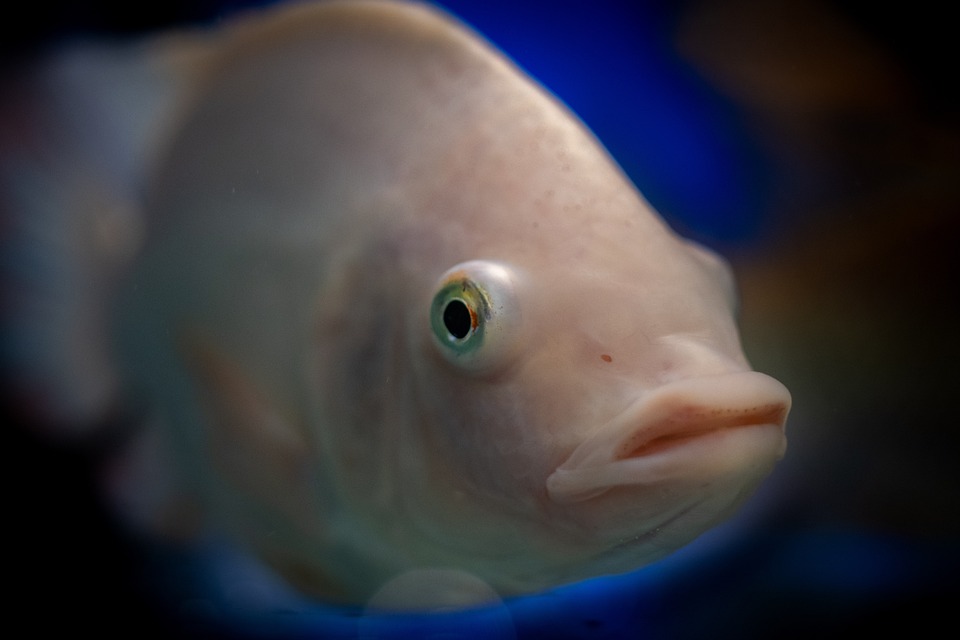Fish are fascinating creatures that display a wide range of behaviors, some of which can be deciphered through careful observation of their body language. By understanding their behavior responses, we can gain valuable insights into their well-being and adjust our tank environments accordingly. In this article, we will explore the different aspects of decoding tank fish body language, from recognizing signs of stress to deciphering social interactions. Additionally, we will address some frequently asked questions to provide a comprehensive understanding of fish behavior.
One of the first things to look out for when decoding fish body language is signs of stress. Fish, like any other living creature, can experience stress in their environment. Physical indications of stress may include fins clamped or held close to the body, rapid or irregular gill movements, pale or faded coloration, and erratic swimming patterns. On the other hand, behavioral indications of stress may include hiding or seeking refuge in tank decorations, aggressive or excessive fin-nipping behavior, loss of appetite, reduced activity levels, and even jumping out of the tank. Recognizing these signs of stress is crucial in order to take appropriate action and create a more suitable and stress-free environment for the fish.
Social interactions among tank fish are another important aspect of decoding their body language. Fish establish dominance hierarchies within their tanks, and these hierarchies can be observed through aggression and territorial displays, chasing or nipping behavior, flaring fins, and establishing clear boundaries within the tank. Understanding the social dynamics of the tank can help prevent conflicts and promote a harmonious environment for the fish. Additionally, courtship and breeding behaviors can also be deciphered through body language. Mating rituals and displays, nest building or preparation, chasing or herding behavior, and changes in coloration or fin displays are all indicators of courtship and breeding behavior.
Communication is a vital aspect of fish behavior, and decoding their body language can help us understand their messages. Visual cues such as intense eye contact or staring, flashing colors or vibrant displays, flicking or vibrating fins, and raised or lowered body posture can all convey different messages. Additionally, fish communicate through vibrational signals, such as tail slapping or tapping on tank surfaces, pectoral fin vibrations, drumming, and rapid muscle contractions. These signals can transmit messages through water currents and facilitate communication between fish.
To address some frequently asked questions, reducing stress in tank fish can be achieved by ensuring proper water quality and parameters, providing adequate hiding spots and tank decorations, maintaining a peaceful tank environment without overcrowding, and offering a balanced diet and suitable tank mates. Signs of aggression between tank fish may include fin-nipping or chasing behavior, flaring fins or puffing up, body slamming or ramming, and displaying intense eye contact or staring. Understanding fish body language is important because it helps identify and address potential health issues, enables the creation of harmonious tank environments, facilitates better breeding and reproduction management, and contributes to the overall well-being of the fish in captivity. Fish can communicate with each other through visual cues and vibrational signals, and different species may have unique communication methods. Understanding their communication helps interpret their behavior and promotes a better understanding of their needs.
In conclusion, decoding tank fish body language is an essential skill for any fish keeper or enthusiast. By recognizing signs of stress, understanding social interactions, and interpreting communication cues, we can provide a suitable and enriching environment for our fish. By addressing their needs and minimizing stress, we promote their overall well-being and ensure a thriving aquatic community within our tanks. Remember, observation and knowledge are key to unlocking the mysteries of fish behavior and nurturing a successful aquarium environment.









